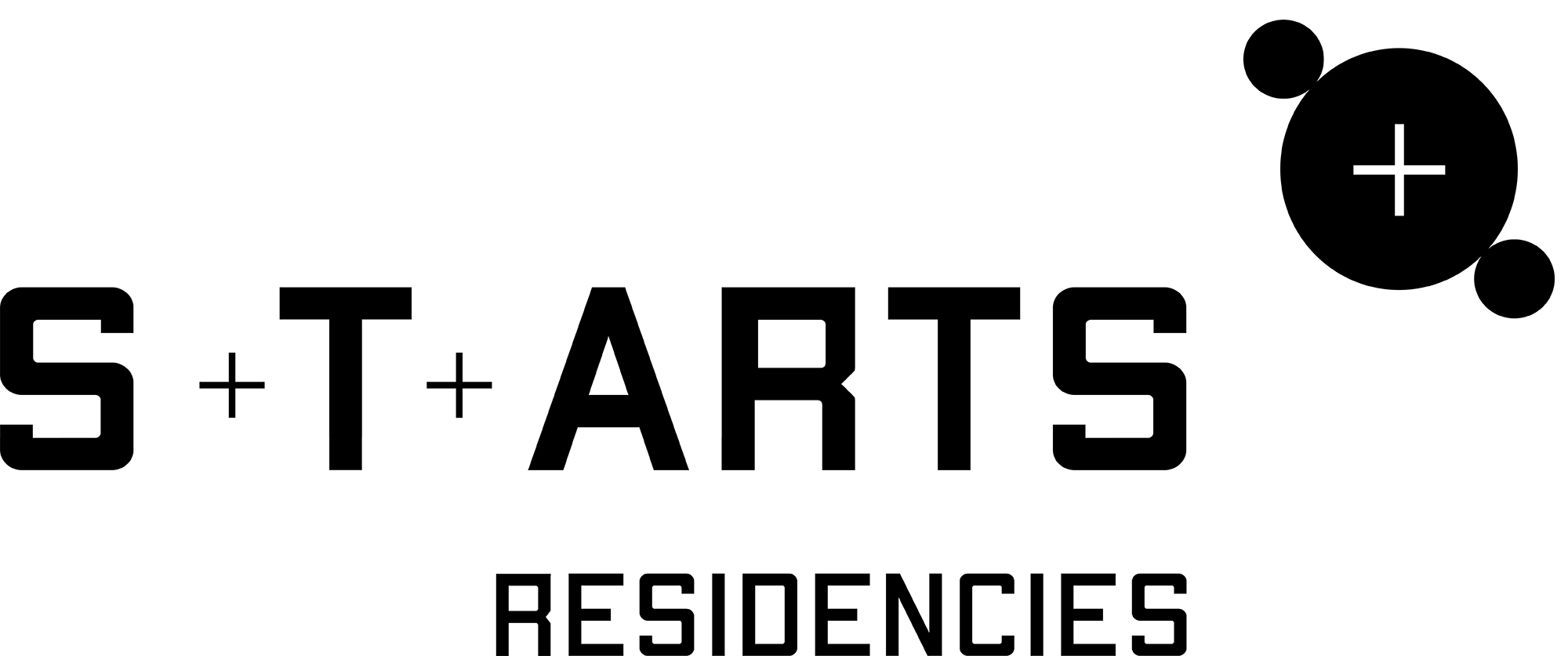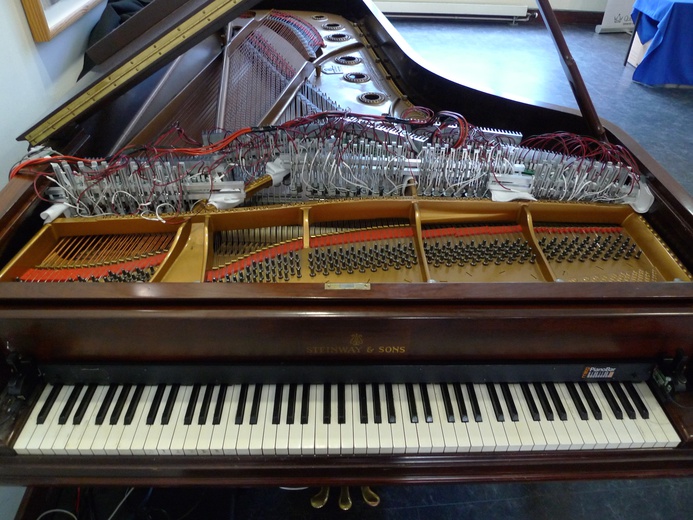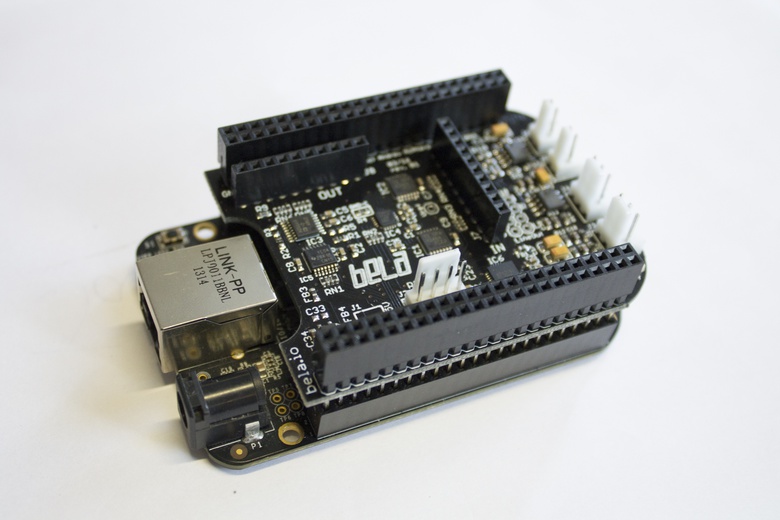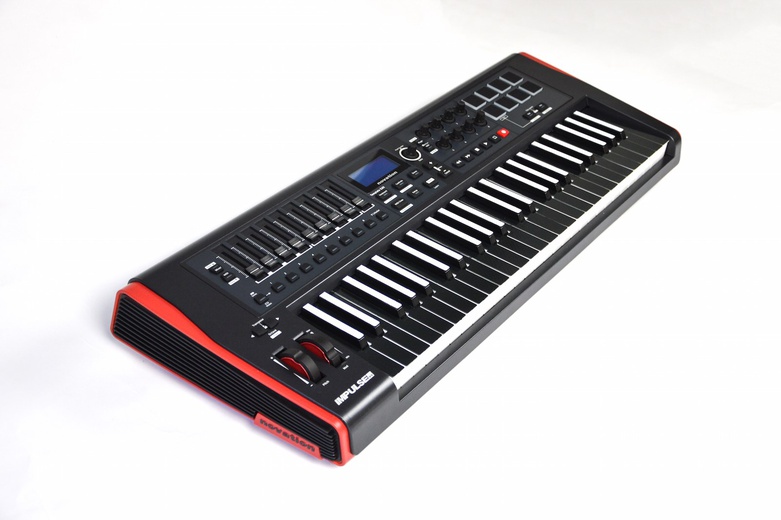Tech Project
Description of the challenges faced by the Tech Project
Millions of performers are proficient on traditional musical instruments, but few will devote the thousands of hours needed to achieve expertise on an unfamiliar instrument. The Design for Virtuosity project seeks to create a rapid path to virtuosity by creating tools which extend and repurpose the existing expertise of trained musicians. A central challenge of the project is that the interaction between performer and instrument is not fully understood. Playing an instrument involves specific sensorimotor skills which may not be easily transferrable, and the effect of changing an instrument design on the embodied cognitive processes of performance remains largely unknown. A further challenge is the creation of digital tools which capture the subtlety and richness of the best acoustic instruments. In the VERTIGO project, we hope to examine this through an artistic project combining high-bandwidth sensing with the creative use of physical materials.
Brief description of technology
The artist will have access to a wide variety of technologies for creating musical instruments and interactive systems, many of them developed in-house. These include: Bela, an embedded computing platform for ultra-low-latency audio and sensor processing, which can be used as the core of a musical instrument or installation; Several types of custom-built sensor systems, including capacitive touch acoustic and optical sensing (tech support will be available for using these, and we have extensive experience training artists to work with them); Materials and equipment for e-textile development, including machines for sewing, embroidery and knitting, a loom, and many types of conductive fabric, yarns and threads; Digital and augmented musical instruments to use as inspiration and basis for further development, including TouchKeys, a keyboard that measures the location of touches on the key surfaces, the magnetic resonator piano, an electromagnetically-augmented acoustic grand piano and the D-Box, a musical instrument designed to be hacked by the performer; A vicon 3D video motion capture system which can be used for offline analysis or real-time performance.
What the project is looking to gain from the collaboration and what kind of artist would be suitable
We seek to explore new approaches to our project challenges by working with an artist in the domain of electronic textiles ("e-textiles"). E-textiles can enable on-body sensing with musical performers as an extension of the instrument, offering ergonomic advantages such as low intrusiveness and natural bodily interaction. They can also be employed on 2D surfaces and 3D objects, providing sensing possibilities that mimic the richness and subtlety of interaction with physical musical instruments. The artist is expected to demonstrate his or her work in a musical performance or interactive installation which engages with the aesthetic qualities of e-textiles. The artist's design will serve as a case study in crafting new digital musical interfaces. As part of the research, the project team will evaluate the performer experience, including perceived creative utility and control. Essential requirements for the artist include musical experience as an instrumentalist or composer and previous work with physical crafts or construction. Desirable requirements include interest or experience in textiles, particularly e-textiles.
Resources available to the artist
The artist will have access to a hot-desking office space. In addition to the resources in the Technology section, the artist can work with the hosts to use a A/V production facilities and a state-of-the-artist onsite maker workshop with laser cutters, a 3D printer, a vinyl cutter, conductive ink printers and other fabrication equipment. The project is led by Dr Andrew McPherson in QMUL's Centre for Digital Music with input from two postdoctoral researchers and 3 PhD students. The project will provide a small supplementary budget for consumables and travel.




